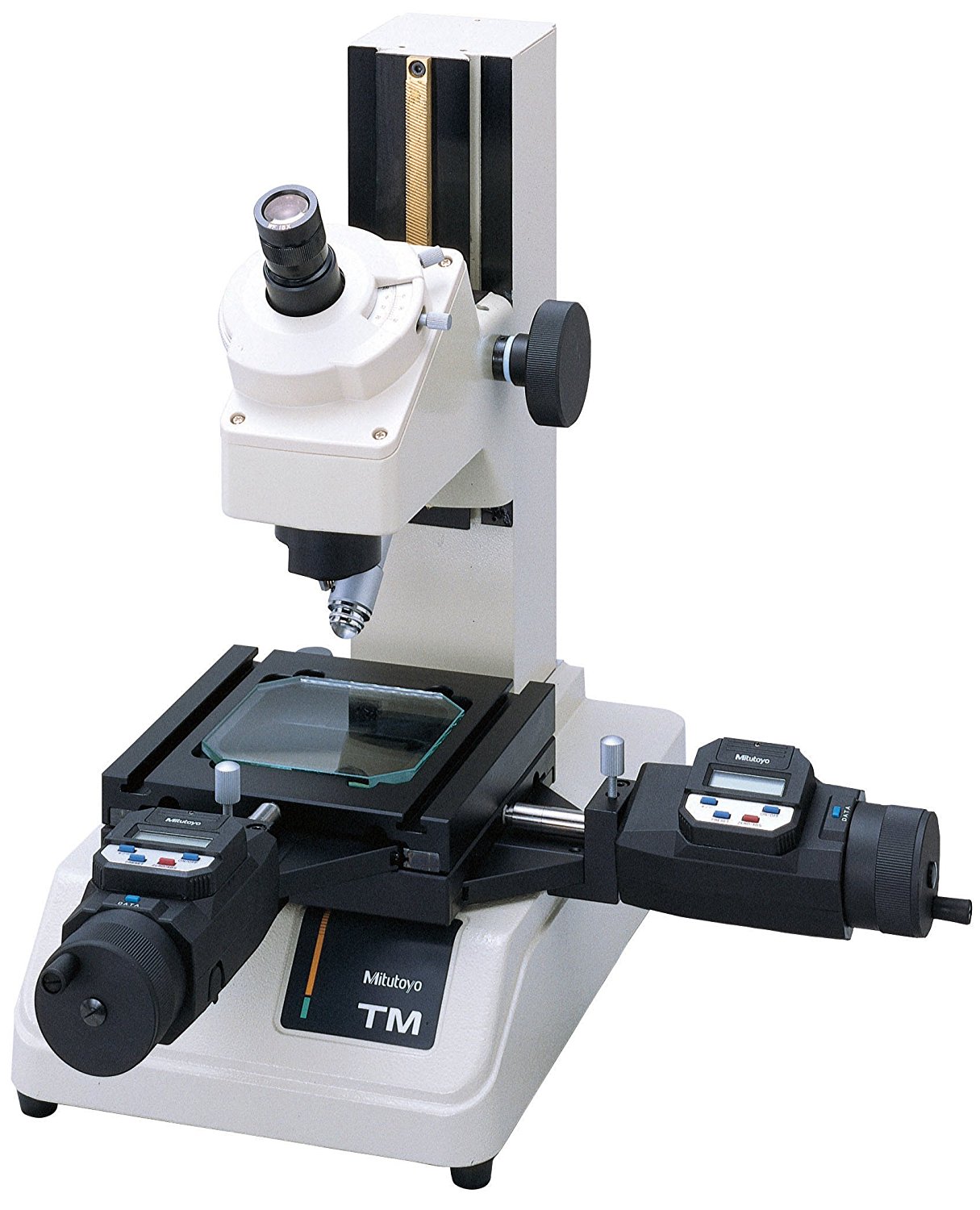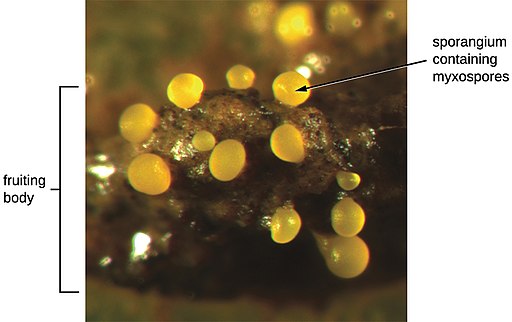Toolmakers Microscope Buyers Guide
Function, Application and Benefits
Unlike a conventional light microscope, a toolmakers microscope is typically used as a measuring device. As such, it can be used to measure up to 1/100th of a mm. This makes these microscopes suitable for such functions as the inspection and measurement of various miniature mechanical and electronic parts.
For instance, a toolmakers microscope can be used for the purposes of viewing and measuring thread pitch and thread angles among others.
Parts of a Toolmakers Microscope
- A hollow base, which accommodates the illumination unit underneath
- A circular stage surface (upper part of the base) - It is made of transparent glass and can be rotated 360 degree
- An objective lens
- Eyepiece
- Two micrometer screws (One for longitudinal movement and the other for lateral movement of the stage surface/table)
- Ground glass screen
How The Toolmakers Microscope works
Like a conventional light microscope, the toolmakers microscope is also dependent on optics. Light from the source is focused (upward) on to the object, which allows the user to see the shadow of the object (because light cannot pass through the object). However, the shadow resembles the object, which allows for measurements to be made.
The level of magnification with this particular device is largely dependent on the objective being uses. However, it is often supplied with facilities to provide a magnification range of between 10x and 100x. Whereas low magnification allows for most part of the object under observation to be viewed, high magnification provides a clear image (with adjustments of light) for good measurements.
To adopt the microscope for a variety of applications, a variety of attachments may be required. Given that the image (shadow of object) has to represent the true details of the object (detail, shape and even color with some specimens) it also uses a variety of special accessories and techniques, filters, lens coatings and diaphragms, which are meant to affect the raw image for more accurate information.
Uses
A toolmakers microscope has a robust base that allows it to hold a wide range of objects for observations and measurements.
As multi functional devices, toolmaker tools will often be found in most of the manufacturing companies/factories involved in the manufacturing of machines, electronics and tools. In such places, they help in the measurement of shapes, sizes, angles and positions of small components which fall under the measuring range of the microscope. This makes the microscope particular suitable for such tasks as measuring the shapes of such components as milling cutters, thread gauge and guide screw among others.
In addition, the device finds use for measuring center to center distance of holes in a plane, linear measurements as well as accurate angular measurements.
Application
Determining relative positions
Here, the microscope is used elative positions of different points by simply measuring the travel that is necessary for bringing a second point to the position that was formerly occupied by the first and so forth.
Measuring angles
Using this microscope, it is possible to measure the angles by using the protractor eyepiece. This allows for the angles of the object to be viewed and determined.
Comparison measurement
This is where the microscope is used to do comparison of the thread forms, measuring of the pitch and diameter. Here, the microscope achieves this using the master profiles engravings in the eyepiece.
Comparing with a scale
This is where the images of the object are compared with the scale in the projection screen.
Simple Experiments
Pitch measurement of a hacksaw blade
Procedure
- Switch on the microscope light
- Select lens for precision operation
- Place the blade and glass table (stage) and rotate the wheel on the right side of the microscope to get a clear image
- Ensure that the cross line of the microscope coincides with one of the edge of the blade
- Note down the reading on the ground glass screen (initial reading)
- Rotate the table until the next edge of the blade comes into focus and coincides with the cross-line and mark this as the second reading
- Calculate the difference between the two to obtain the pitch of the blade
Obtaining the angle of the hacksaw teeth
- Again, place the blade on the glass table
- Rotate the screen until a line on the angle of screen rotation is highlighted
- Note down initial angular reading
- Rotate the screen again until the line coincides with another flank of the tooth and note this down as the second reading
- Calculate the difference
- The difference between the two readings is the teeth angle
Benefits
The toolmakers microscope is an important device given that it allows for manufacturers and other technicians to observe and measure the small parts of various tools and electronics among others. It has a number of advantages that makes it suitable for such tasks. These include;
- As compared to the optical comparators, a tool maker’s microscope is preferred when the z-axis height information is required.
- The stage can be equipped with linear scales.
- They can easily adapt to both cameras CCTV's for photo documentation requirements.
- The toolmakers microscope offers a variety of optical techniques Moreover, it can use optics, which offer higher magnification resolution for better measuring accuracy.
- It is ideal for measurements of hardness test indentations.
- Can be adopted for a variety of applications.
- For those involved in making repair of given tool and electronic parts, the toolmakers microscope can be effectively used for the verification for surface finish and measuring defects on surfaces.
- It provides for precise measurements.
MicroscopeMaster Picks
Click here for MicroscopeMaster's research on the Radical Toolmakers Precise Measuring Microscope.
Conclusion
As is the case with conventional microscopes, it is important to understand the purpose of the microscope being purchased in order to get the most out of it. This is also the case with a toolmakers microscope.
With this device, it is worth considering the type that comes with ergonomic features as well as eyepiece adjustments, which will allow for fatigue free viewing over a long period of time.
Return to Learning about Stage Micrometer and Measurement
Return from Toolmakers microscope to MicroscopeMaster Reviews
Find out how to advertise on MicroscopeMaster!









